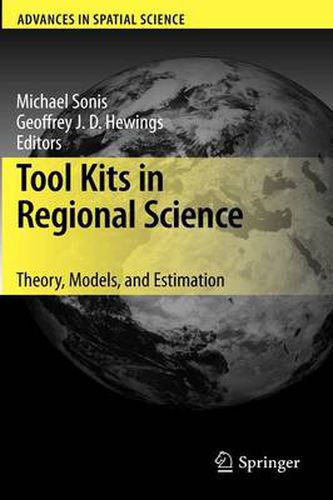Readings Newsletter
Become a Readings Member to make your shopping experience even easier.
Sign in or sign up for free!
You’re not far away from qualifying for FREE standard shipping within Australia
You’ve qualified for FREE standard shipping within Australia
The cart is loading…






This title is printed to order. This book may have been self-published. If so, we cannot guarantee the quality of the content. In the main most books will have gone through the editing process however some may not. We therefore suggest that you be aware of this before ordering this book. If in doubt check either the author or publisher’s details as we are unable to accept any returns unless they are faulty. Please contact us if you have any questions.
Regional Science is now more than 50 years old; in the last two decades, significant advances in methodology have occurred, spurred in large part by access to computers. The range of analytical techniques now available is enormous; this books provides a sampling of the toolkit that is now at the disposal of analysts interested in understanding and interpreting the complexity of the spatial structure of sub- national economies. The set of tools ranges from the more traditional (input-output) to new developments in computable general equilibrium models, nonlinear dynamics, neural modelling and innovation.
$9.00 standard shipping within Australia
FREE standard shipping within Australia for orders over $100.00
Express & International shipping calculated at checkout
This title is printed to order. This book may have been self-published. If so, we cannot guarantee the quality of the content. In the main most books will have gone through the editing process however some may not. We therefore suggest that you be aware of this before ordering this book. If in doubt check either the author or publisher’s details as we are unable to accept any returns unless they are faulty. Please contact us if you have any questions.
Regional Science is now more than 50 years old; in the last two decades, significant advances in methodology have occurred, spurred in large part by access to computers. The range of analytical techniques now available is enormous; this books provides a sampling of the toolkit that is now at the disposal of analysts interested in understanding and interpreting the complexity of the spatial structure of sub- national economies. The set of tools ranges from the more traditional (input-output) to new developments in computable general equilibrium models, nonlinear dynamics, neural modelling and innovation.